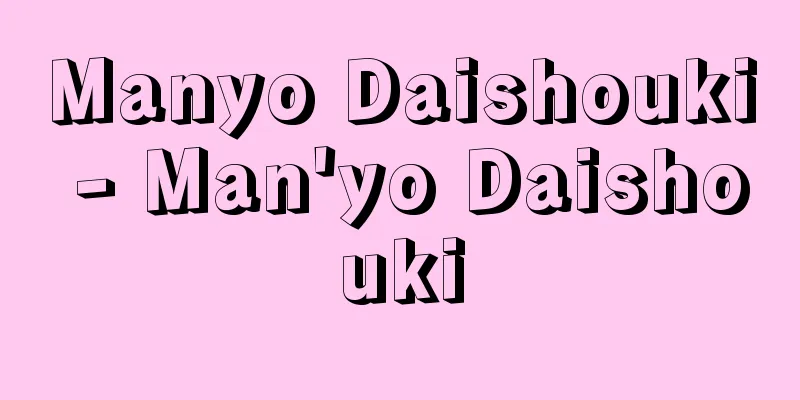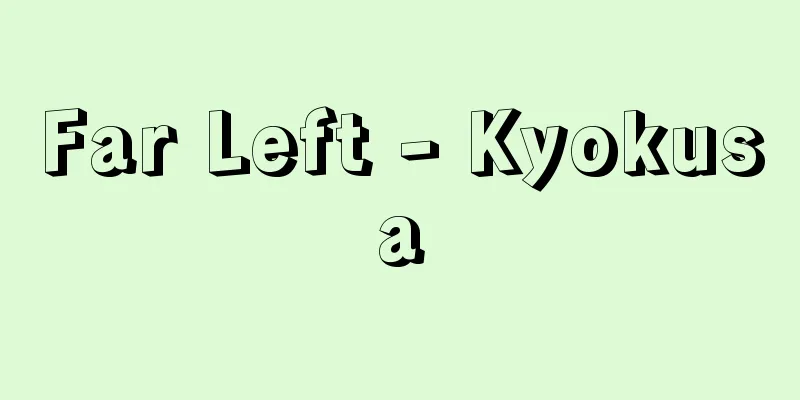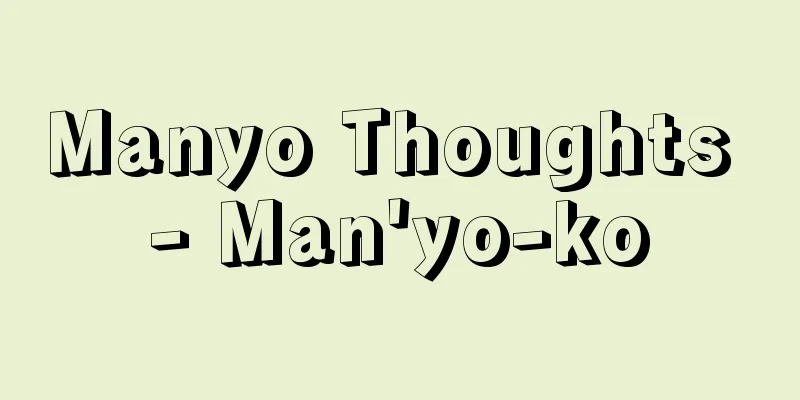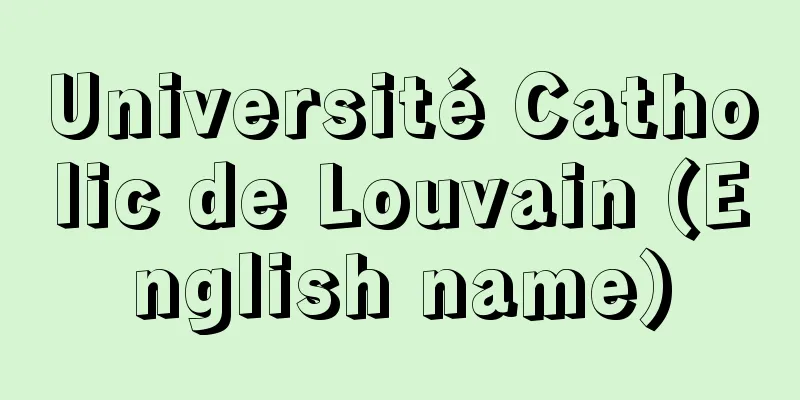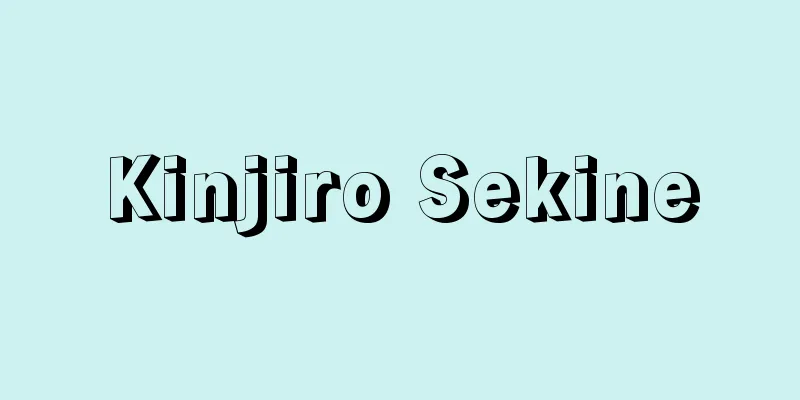Inano Omura

|
A high-ranking official in the Asuka period. He was also named Ina no Mahito. He was the third son of Daishiina no Mahito Kagami no Kimi during the reign of Emperor Tenmu. He was appointed as Mukoushi during the reign of Emperor Jitō, Shona-gon during the reign of Emperor Mommu, and later Kinkoushi and Naohiroushi. In 703 (Taihō 3), he was appointed as the assistant official in charge of the funeral of Empress Jitō. The following year, he was awarded the rank of Jugoijo, and in 705 (Keiun 2), he was awarded the rank of Sa-koben and Echigo Castle Governor, and in 707, he was awarded the rank of Shogoige, but in April of the same year, he died at Etsu Castle and was cremated. He was 46 years old. In November, he was buried in Komai Yamaoka, Yamato Province, Katsuragi Shimo County, Kimiyama Village (Baba, Anamushi, Kashiba City, Nara Prefecture). During the Meiwa era (1764-1772), a gilt bronze spherical bowl-shaped ossu (bowl) was excavated from the burial site, Mt. Goho, inside a large jar. The remains were placed in a lacquerware container inside. An inscription praising the achievements of the deceased is engraved on the surface of the ossuary, radiating from the top of the lid. The 392-character inscription begins with Omura's origins, traces his history in detail, and states the date and time of his funeral, followed by a rhyming inscription. It is the only gravestone in Japan that is arranged in the Chinese style. Some of the inscriptions match those in the Nihon Shoki and Shoku Nihongi, making it a valuable historical resource for ancient history. It is housed at Shitennoji Temple in Osaka. It was designated a national treasure in 1954 (Showa 29). [Inokuma Kanekatsu] Source: Shogakukan Encyclopedia Nipponica About Encyclopedia Nipponica Information | Legend |
|
飛鳥(あすか)時代の高級官人。猪名真人(いなのまひと)にもつくる。天武(てんむ)朝の大紫(だいし)威奈真人鏡公(かがみのきみ)の第3子。持統(じとう)朝に務広肆(むこうし)、文武(もんむ)朝に少納言(しょうなごん)となり、勤(きん)広肆のち直広肆。703年(大宝3)持統天皇の御葬司を任じた際、御装副官となる。翌年従(じゅ)五位上、705年(慶雲2)左小弁、越後(えちご)城司、707年正五位下を授与されたが、同年4月越城(えつじょう)に没し荼毘(だび)に付された。46歳。11月、大倭(やまと)国葛木下(かつらぎしも)郡山君里狛井(こまい)山崗(やまおか)(奈良県香芝(かしば)市穴虫(あなむし)字馬場)に帰葬。 明和(めいわ)年間(1764~72)埋葬地のゴホ山より、大甕(がめ)の中に入った金銅製球状合子(ごうす)形の骨蔵器が出土。この中の漆器に遺骨が納めてあった。骨蔵器の表面、蓋(ふた)の頂部を中心として放射状に被葬者の業績をたたえる銘文を刻む。全文392字、大村の出自から始め、詳しく履歴をたどり、葬送の日時を述べたのち、押韻した銘を付する。わが国の墓誌としては唯一の中国式に整ったものである。銘文には、『日本書紀』『続日本紀(しょくにほんぎ)』の記事と一致する文章もあり、古代史にとって有益な史料となっている。大阪市の四天王寺に所蔵。1954年(昭和29)国宝に指定された。 [猪熊兼勝] 出典 小学館 日本大百科全書(ニッポニカ)日本大百科全書(ニッポニカ)について 情報 | 凡例 |
<<: Inano Omura Tomb - Inano Omura Tomb
Recommend
Neurophysiology - Shinkeisei-ri (English spelling) neurophysiology
Neurophysiology is a field of research that seeks ...
Colorado fir (English spelling)
...The balsam fir (A. balsamea (L.) Mill. (Englis...
Whitney, A.
…(1) North America The idea of connecting the A...
Black Thursday
On Thursday, October 24, 1929, stock prices on the...
Denpa Spar - Denpa Spar
Also called radio spurs. A part of the galactic ra...
Dryopithecus - Doriopitekus (English spelling)
A large fossil primate that lived from the late M...
Viomycin
An antibiotic. It belongs to the amino sugar antib...
Understanding - Irige
…After a certain period of time, according to reg...
John Dryden
English poet, playwright, and critic. Born August...
Musashino Shinden
In order to overcome financial difficulties, the s...
Condorcanqui, JG (English spelling) CondorcanquiJG
...the leader of a large-scale Indian revolt that...
Face of the underworld
An American film made in 1932. Original title: Sca...
Phillipsiidae
...The number of Phacops species decreased from t...
Ranaishikawae (English spelling)
… [Takahiro Matsui]. … *Some of the terminology t...
Einaudi - Luigi Einaudi
Italian politician and economist. Professor of Fi...

